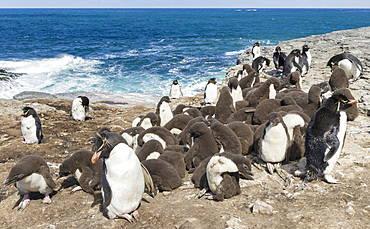Results
7 results found
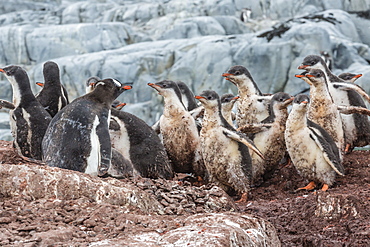
Gentoo penguin (Pygoscelis papua) chicks creche, Jougla Point, Wiencke Island, Antarctica, Southern Ocean, Polar Regions, Polar Regions
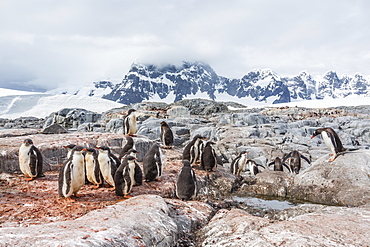
Gentoo penguin (Pygoscelis papua) chicks creche, Jougla Point, Wiencke Island, Antarctica, Southern Ocean, Polar Regions, Polar Regions
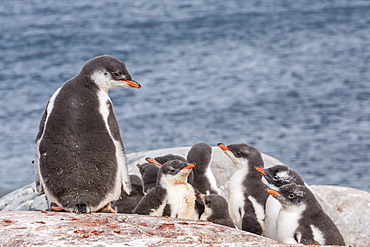
Gentoo penguin (Pygoscelis papua) chicks creche, Jougla Point, Wiencke Island, Antarctica, Southern Ocean, Polar Regions, Polar Regions

King penguin (Aptenodytes patagonicus) chick creche, Volunteer Point, East Falkland, Falkland Islands, South America
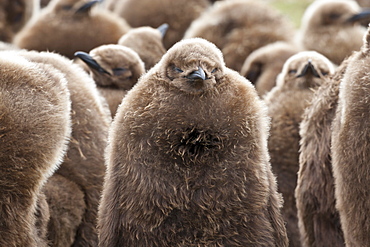
King penguin (Aptenodytes patagonicus) chick creche, Volunteer Point, East Falkland, Falkland Islands, South America
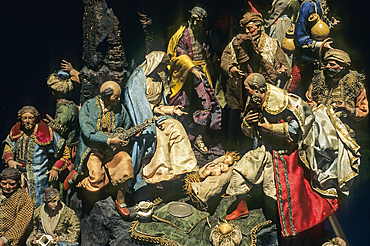
Creche Museum of Chaumont, it has the finest collection of 18th-century Neapolitan Nativity scenes in France, Haute-Marne department, Champagne-Ardenne region, France, Europe

Adult dolphin gulls (Leucophaeus scoresbii) amongst chick creche, New Island Nature Reserve, Falkland Islands, South America
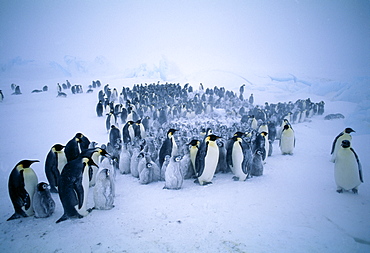
Young emperor penguins (Aptenodytes forsteri) huddling together to form a creche to keep warm, during storm, Dawson Lambton Glacier, Weddell Sea, Antarctica, Polar Regions
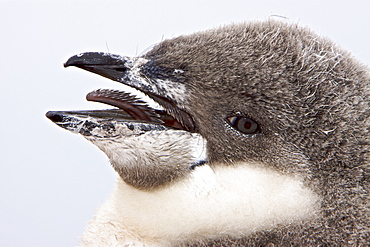
Chinstrap penguin (Pygoscelis antarctica) chick head detail at colony on Useful Island near the Antarctic Peninsula. There are an estimated 2 million breeding pairs of chinstrap penguins in the Antarctic peninsula region alone, perhaps as many as 7.5 million breeding pairs in all of Antarctica. Their name derives from the narrow black band under their heads which makes it appear as if they are wearing black helmets, making them one of the most easily identified types of penguin. Other names for them are "Ringed Penguins", "Bearded Penguins", and "Stonecracker Penguins" due to their harsh call. They grow to 68 cm (27 in). The average adult weight of a Chinstrap Penguin is 4.5 kg (10 lbs). Weight can range from 3 to 6 kg (6.6-13.2 lbs), with males being slightly larger and weight varying based on where the penguin is in the breeding cycle. Their diet consists of krill, shrimp, and fish. On land they build circular nests from stones, and lay two eggs, which are incubated by both the male and the female for shifts of five to ten days. They can also breed on icebergs, though they prefer non-icy conditions. The chicks hatch after about 35 days, and have fluffy gray backs and white fronts. The chicks stay in the nest for 20?30 days before they go to join a creche. At around 50?60 days old, they moult, gaining their adult plumage and go to sea. The Chinstrap Penguin was first described by German naturalist Forster in 1781. Its specific epithet was often seen as antarctica, however a 2002 review determined the genus Pygoscelis was masculine, and hence the correct binomial name is Pygoscelis antarcticus.
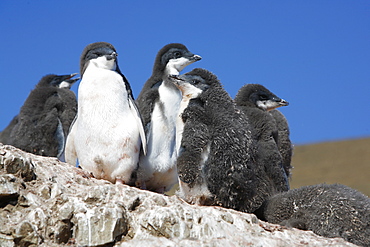
Adelie penguin (Pygoscelis adeliae) chicks creching on Devil Island on the Northeast side of the Antarctic Peninsula.
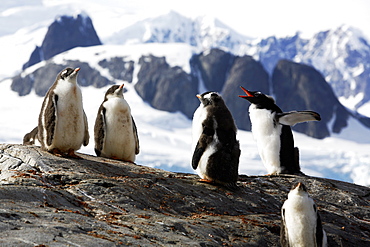
Gentoo Penguin (Pygoscelis papua) creche (protective group of chicks while parents are at sea feeding) on the Antarctic Peninsula.
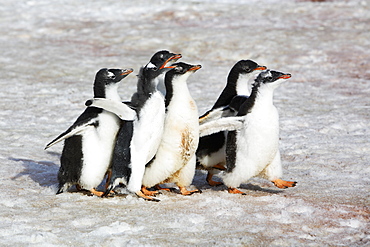
Gentoo Penguin (Pygoscelis papua) creche (protective group of chicks while parents are at sea feeding) walking in formation on the Antarctic Peninsula.







